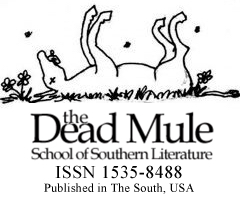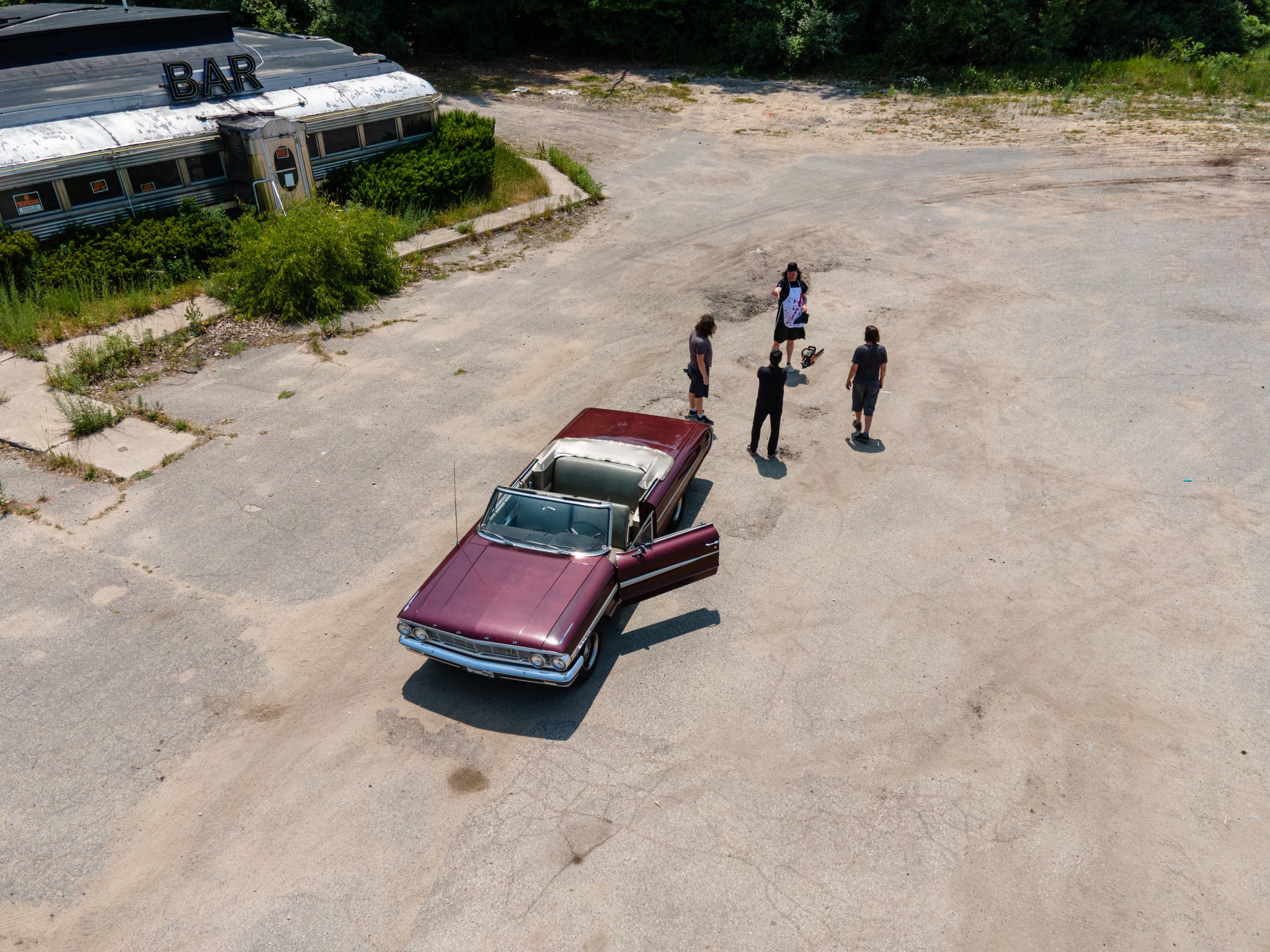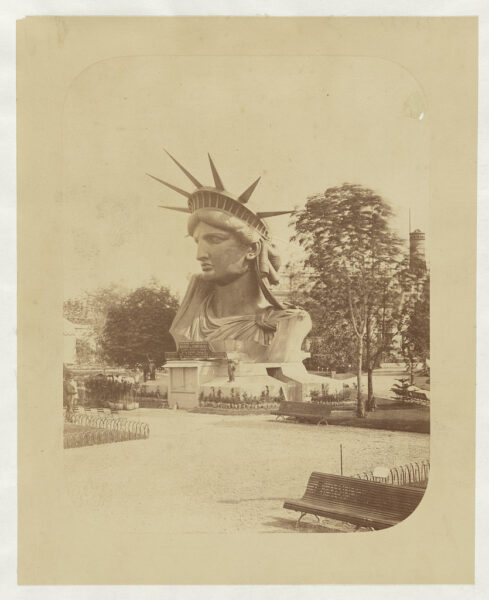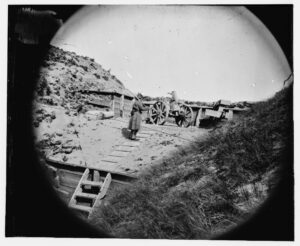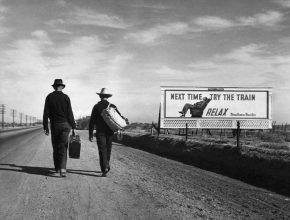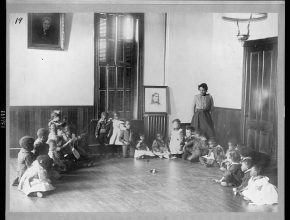Southern Legitimacy Statement:
I live in the western Catskill Mountains, at the northern edge of Appalachia, south of the Adirondacks, most of New England and of course Canada. We’re south of a lot here. Anyway, I try to write about life and truths, which are the same everywhere.
1979
It’s 1979. You are twenty years old, living away from home for the first time, in an apartment in back of Ken’s Diner. The building has a brick first floor, a white clapboard sided second story and a hip roof. Plate glass windows of the diner look out toward Steiner Road which leads to the strip mall parking lot. A big neon sign by the road glows in script letters reading, “Ken’s Diner.”
Your door faces Jack’s Auto Body. There is a chain link fence and a locked gate surrounding cars waiting to be repaired. Windows in your apartment are narrow rectangular panes that open with a crank, like basement windows. A towering orange and white smokestack is across Union Street at the Bendix Corporation, a sprawling factory complex surrounded by tall chain-link fencing topped with barbed wire. Blacktop surrounds the building. It’s stifling in summer heat. You leave your door open all night.
Inside, the walls are covered in dark wood paneling. The floor is white linoleum. A small table with a Formica top made to look like pale wood is against the windowless kitchen wall. The electric range is new. The cupboards are mostly empty.
The narrow twin bed from your family’s trailer is in the bedroom. Your new Sanyo stereo with a turntable for vinyl records under a clear plastic lid, cassette deck, Dolby noise suppression and tall speakers is against the wall by the bathroom door. There are records by The Marshall Tucker Band, The Eagles and Bob Dylan. But there are other records of bluegrass and old-time. Norman Blake and Doc Watson are favorites too. Your Epiphone guitar leans against the wall in its cardboard case.
Every night D&H freight trains sound their whistle at the crossing on Main Street, then again on Union Street. The tracks are so close, you hear the bell clang as the red and white crossing gates descend. You see the reflection of flashing lights on them. The floor shakes. Windows rattle. Slowly the rumble fades.
You’ve just graduated from the Auto Mechanics program at SUNY Delhi, an ag and tech school then. You get up every morning and put on a blue and white shirt with your name embroidered on a white patch in blue. “Mr. Goodwrench” says a patch on the other shoulder. Chevrolet and Buick logos are below. You lace up heavy work boots and walk to your job as a mechanic at Whitaker Buick-Chevrolet.
You pass the strip mall with a Great American grocery and Jamesway Department Store. Every morning and evening you meet a slender girl about your age striding on perfect legs in cinnamon-colored nylons. Her heels click on the pavement. She wears a pink, blue or floral dress cut just above her knees that swings as she walks as if it is alive itself. Her long, shimmering chestnut hair owns the light. She looks away as you pass.
You resolve to say “Good morning” to her. It takes all your courage. You take a long shower. Shampoo stringy hair. Try to get the black from under your fingernails. You buy Old Spice at the department store. Brush your hair. Put on a clean “Mr. Goodwrench” shirt. You start out again. Your heart pounds when you see her approaching.
“Good morning,” you say.
She looks away. You feel as if you don’t exist.
The garage is in a hulking soot-blackened brick silk mill from the 1800s. It is four stories tall. There is a sign next to a green iron bridge crossing the Susquehanna River that says “Chevrolet Service.” The river is a wide dark ribbon that flows fast between steep banks covered with second-growth woods. Mullein, butter-and-egg flowers, bird’s foot trefoil and ragged robin grow in cracks in edge of the blacktop leading to the overhead door.
Inside the garage is shadowy. A row of fluorescent lights glow over steel workbenches along the back wall. They are inadequate to light the cavernous space. Huge support pillars stand between each bay. Everything is painted gray and blue. But the paint is old and dingy. It smells of grease and car exhaust. The concrete floor is dark with grime that no amount of cleaning will lighten.
“Spick” Dalrymple is the white-haired Service Manager. He wears rectangular gold-wire framed glasses and a white shirt with the same “Mr. Goodwrench” logo. He sits at a desk in a cubicle made of blue corrugated metal. He squints at a large calendar and a stack of work orders scrawled on triplicate blue and white forms. A Camel cigarette smolders between his fingers. He hands you a form.
“There’s a new silver Buick Century wagon out front. I don’t know what’s wrong with it. Everyone else has looked at it. It skips.”
You throw a red blanket over your shoulder and find the car. You spread the blanket over the seat. The whole car shudders as the engine idles. You drive it to your bay, the third from the door. Its owner, a round-faced, red-haired man in a plaid shirt paces anxiously. You open the hood, lay your vinyl protector with its “Snap-on Tools” logo over the fender. You roll the big red engine analyzer over and connect the wires. You start the engine. You watch the oscilloscope pattern. You listen. You shut the engine off. You take a socket, extension and ratchet from the top of your tool box and remove the spark plug from cylinder number three. You screw a compression gauge in place of the spark plug. You crank the engine.
“There’s almost no compression in cylinder number three,” you say to Spick. “I think it’s got a bad valve.”
“Let’s get you up to the showroom and set you up with a loaner,” Spick says to the owner. He lowers his voice so you won’t hear, but you do anyway. “He’s a kid, but he’s been to college. I know he can fix it.”
You work all morning and part of the afternoon taking the engine apart. You lay bolts in order on your bench. You lift the cylinder head off the engine. Turn it toward the light. There is a triangular section like a slice of pie missing from the valve.
“We usually send these out. Do you know how to grind a valve?” Spick asks.
“Yes,” you say.
You compress the valve spring with a clamp and remove the two tapered half-moon keepers from its stem, release the spring and pull the valve from the head. You walk past Milo’s green English touring bicycle leaned against the wall. You climb the stairs to the parts department. Red, Grube and Milo sit idle at the counter.
“I need a head gasket, manifold gasket, valve cover gasket and valve for a 1979 Buick V-6,” you say.
“A valve?” Milo asks, dark eyebrow raised over his only good eye. His bald head glistens under bare lightbulbs in the ceiling. He turns the defective valve in his fingers. He mumbles part numbers without looking them up on the big gray microfilm reader on the counter. He disappears through a dark doorway. You hear him mumbling as he makes his way between the shelves.
“You’ll need Milo to find that!” Red, the Parts Manager says puffing on his pipe. “I don’t even think we have a valve.”
You wait.
Milo returns. He lays each package on the counter, “Head gasket. Manifold gasket. Valve cover gasket, and…. a valve.”
You take the valve from the box and stand it on the counter beside the defective one. They match.
Milo reminds you of a bird or deer, always retreating into shadows. You can’t really approach him. But some mornings he brings coffee in Styrofoam cups from the Village Coffee Shop. He balances cups for everyone in cardboard trays on the handlebars of his bicycle. He remembers how everyone likes theirs. He hands the coffee out and disappears into the parts room. You see yourself as being a lot like him, living inside your head most of the time, talking little to anyone. You don’t quite belong here. You feel lost in this in-between world, reaching for something you can’t define. Wishing something was different.
At your workbench, you look up valve specifications in a thick repair manual. You hold the valve up to the light. It has to be ground precisely to fit the seat in the cylinder head. The valve grinding machine is a heavy cast iron antique from just after World War II on a rolling steel cabinet with chipped paint that might have once been white. A thick layer of dust covers the machine. You clean it. Oil it. Try the lever that moves the chuck. Turn the knob to adjust the grinding wheel. You are almost afraid to plug it in, but you do. It has a black tensor lamp. The bulb is burnt out. You change it. Turn it on. It lights. You turn on the red toggle switch for the motor. The grinding wheel and chuck both startle as if they’ve been asleep. They spin. You fill the reservoir with oil. It takes a while for the pump to prime, but finally a stream comes out of the tubing and pours over the grinding wheel.
You put on goggles, lock the valve into the chuck and start the machine again. You pull the lever moving the spinning valve to the stone. It makes a high-pitched whine. Orange sparks fly. You adjust angles. For a while the world is just you and this machine. Little by little three precise angles form on the valve face. Finally you polish it, compress the valve spring and insert the half-moon keepers, locking it into the cylinder head.
Late the next morning you start the car. Spick is leaning over the fender watching and listening. The engine runs quiet and smooth. Like new. You climb out. He slaps you on the back.
“Nobody’s used that valve grinding machine in twenty years!” He laughs.
You walk back down Main Street at the end of the day. You pass Zale’s Drug Store where there is still has an ice cream parlor in the back. You pass the show room with its Art Deco brick façade arching above plate glass windows where a white Buick Electra and a red Corvette are displayed. You walk by Mama Maria’s Pizzeria where you smell yeast, garlic and tomatoes wafting into the street. You go through a group of young men huddled smoking and laughing, wearing black polo shirts with “Victory Lounge Dart League” printed on their backs in white letters. You pass the Community Lounge. You smell beer and smoke through the open door. You cross the railroad tracks.
Your Mr. Goodwrench shirt is grease-stained and smells of sweat, but your heart beats faster. The sun is lowering. Sky has dimmed slightly. House sparrows twitter in brush along the railroad tracks. It’s a warm evening. Maybe the pretty girl in the dress will speak to you. You see her walking at the edge of the strip mall parking lot. She holds a cigarette gently between her fingers. You wish she would hold you.
“How are you?” you ask.
She looks away and keeps walking.
